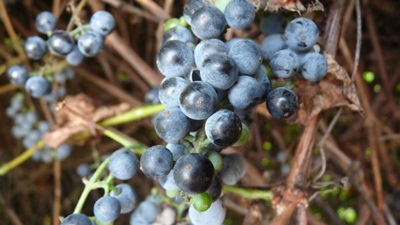
What’s the latest healthy food trend these days? Wild edible plants were once the source of food for thousands of years and nowadays it’s becoming quite trendy. Not only are many weeds, wild plants, trees, and bushes a great source of food nutritionally, many beat store-bought produce by a long shot.
Why are wild edible plants trendy?
- Food Costs: There is no doubt that we have seen the price of food rise considerably in the past two or three years and this leaves many people resorting to unhealthy food choices. And in many cases, when the food costs of certain foods haven’t risen, package sizes have shrunk.
- Food Quality: This is a huge factor as to why many have or are considering learning how to forage. When you become a label reader and learn what many of these ingredients actually are and what negative effect they have on human health, it becomes scary. Not only are the ingredients causing concern, but how the produce is grown worries people too. A lot of imported foods are grown in nutrient depleted soil which means the produce is nutrient depleted—and then we become nutrient depleted. Another two big concerns are GMO foods and the use of pesticides. People want healthy food, not “sick” food that will take its toll on their health.
High food costs, shrinking sizes, chemical additives, and GMOs are the main reasons why so many people are turning to wild edible foods. In addition, the nutrient content in wild edible plants is very high and many who eat wild plants on a regular basis actually feel a notable difference in their health.
What every beginner forager must know
No one can jump into foraging feet first—there are always precautions. Yes, as much as there is truly a plethora of free food out there, some wild edibles have poisonous look-a-likes. Thankfully, these are very few and far between, nonetheless always be cautious.
Never consume a plant unless you are 100% certain of its identity! Also, if you are susceptible to food allergies, be sure to rub the plant on your arm first to see if you get a reaction; if so, do not eat!
Get some reliable resources.
- For those of you interested in learning about edible wild plants in Canada, then one of the best field guides on the market is Edible & Medicinal Plants of Canada published by Lone Pine.
- I also recommend you check out Edible Wild Plants: A North American Field Guide to Over 200 Natural Foods by Thomas Elias and Peter Dykeman.
As much as the Internet is informative, there is a lot of disinformation out there. One thing to keep in mind when learning to identify plants is that the botanical names are the most reliable method of identification. A person who has taken the time to build a comprehensive website, including a page that speaks to their credentials, generally is a person you can trust.
Many plants change appearances throughout the year so getting to know how a plant looks from spring to autumn is important.
Free, healthy food grows beneath your feet and when you learn how much out there is actually edible, you will have discovered first-hand why this is a growing movement.
This article was written by Karen Stephenson, an author, professional writer, public speaker, and wild food educator who resides in Ontario, Canada. She has taken several herbal pharmacy courses, studies nutrition and botany, and shares her knowledge with those who attend her edible plant walks. To find out more, please visit EdibleWildFood.com. You can also connect with her on Facebook, Twitter, or Pinterest.












